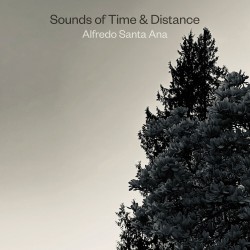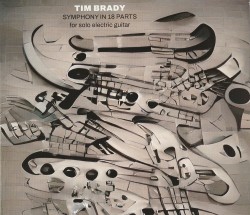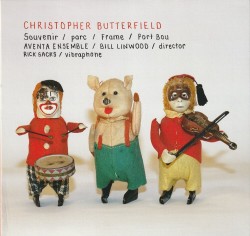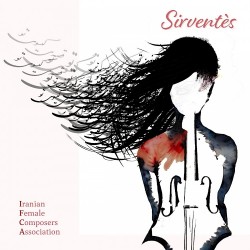Lumières Nordiques - Vincent Boilard; Quatuor Molinari
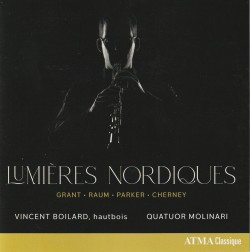 Lumières Nordiques
Lumières Nordiques
Vincent Boilard; Quatuor Molinari
ATMA ACD2 2859 (atmaclassique.com/en)
Lumières Nordiques is the first solo album released by Vincent Boilard, associate principal oboe of the Orchestre symphonique de Montréal. Featuring contemporary pieces for oboe and strings, Boilard is joined by the award-winning Molinari Quartet in his passion project to help elevate previously unrecorded Canadian works. These compositions are varied soundscapes using the full range of tonal colours and technical flourishes this group of instruments has to offer.
Beginning with solo oboe, which is then joined by string quartet, Stewart Grant’s Serenata da Camera morphs into a set of variations that showcase each instrument, inspired by Musaeus, the original group (with Grant himself on oboe) – composed for their Belarusian tour in 1991. Boilard’s beautiful, soft tone is masterfully blended with the brilliance of the strings.
Originally a ballet, Elizabeth Raum’s Searching for Sophia was adapted to this three-movement piece for oboe and string quartet. The movements draw on sounds and harmonies from the composer’s childhood when her Syrian grandmother would sing to make her dance; a poem written by the composer about what she wishes to express in music; and traditional melodies that her mother sang to her as a child. Laced predominantly with a Middle Eastern colour, this piece uses all of the instruments equally, allowing the full range of the strings and the oboe to bring out the different characters of each movement.
Michael Parker’s Requiem Parentibus, Op.34 was written as a tribute to his father after his sudden death, exploring the emotions of incomprehension, sadness, anger and melancholy. These complex emotions are represented on the oboe with high shrieks followed by soulful lyrical playing while the strings are used mainly as an atmospheric colour.
Lastly, Brian Cherney’s In the Stillness of the Summer Wind was commissioned by his brother, oboist Lawrence Cherney, and the Hungarian String Quartet. Sounding as if inspired by summers spent in the countryside, this piece draws the listener in with various depictions of nature through the different tonal colours used by the strings as well as the four glass chimes used at the end to create the sound of a gentle, rustling breeze.
Boilard’s virtuosity and supple tone is beautifully paired with the inspired playing of the Molinari Quartet throughout this album. Hopefully Boilard will continue this project of recording new works so that they are brought to life and appreciated.


